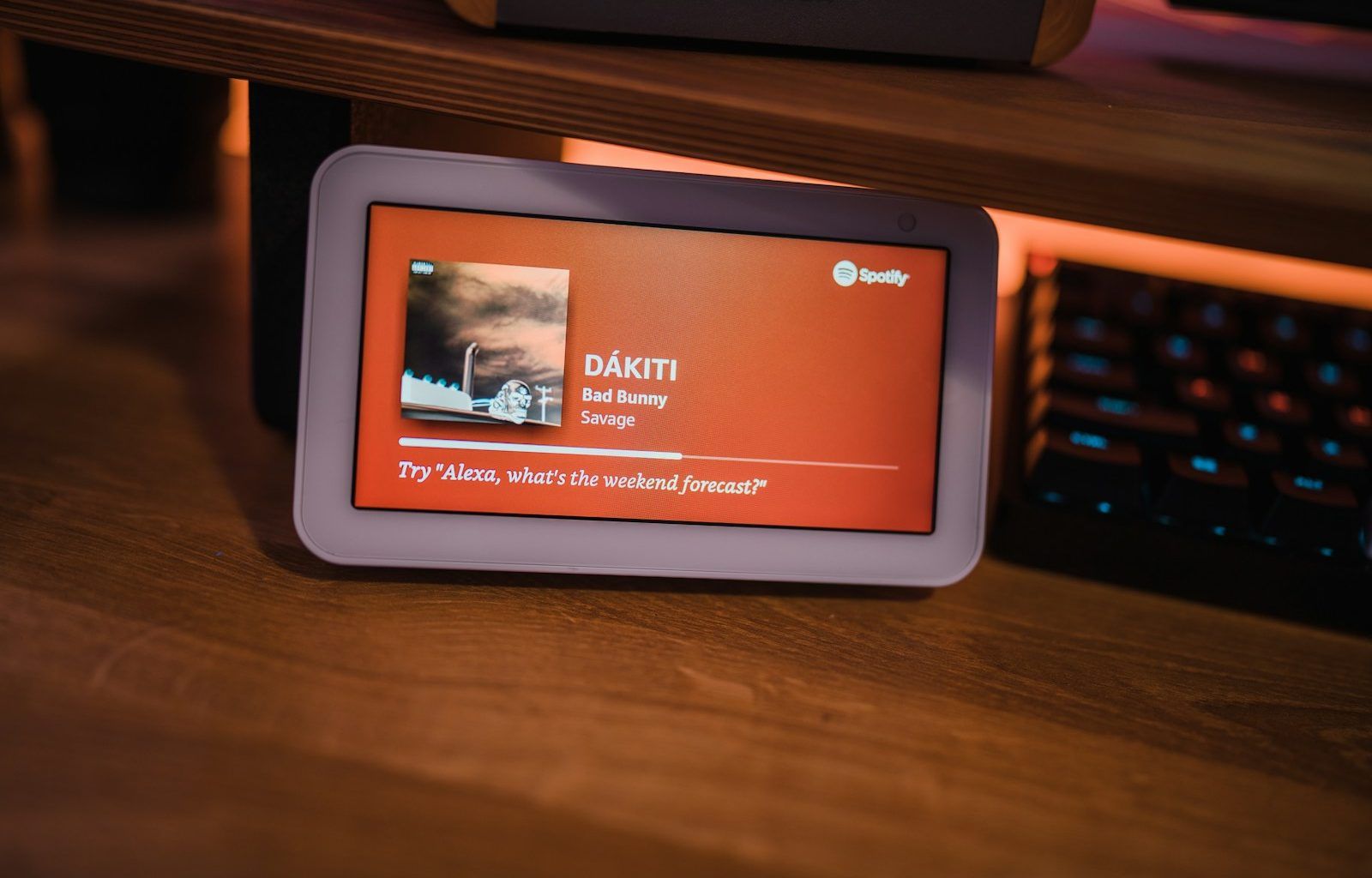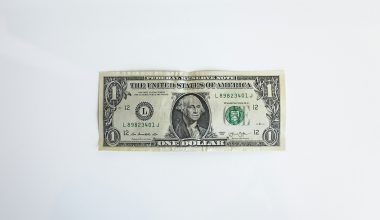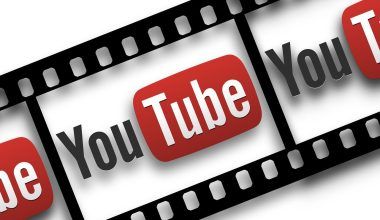In a world where music is just a click away, have you ever wondered, “When was Spotify released?” This question takes us back to the late 2000s, a time when music streaming was a new concept, and Spotify was about to change the game. Let’s take a walk through history to explore how Spotify emerged and revolutionized the way we experience music.
A New Era of Music: Spotify’s Beginnings
Spotify was officially launched on October 7, 2008. Founded in Stockholm, Sweden, by Daniel Ek and Martin Lorentzon, the platform came as a response to the growing issue of music piracy. Back then, illegal downloads were rampant, and artists were losing out on revenue. Spotify offered a groundbreaking solution: a legal platform where users could stream music without owning it.
But why did Spotify succeed when others failed? It’s simple. Spotify made listening to music easy and affordable. With a freemium model that allowed users to stream music for free with ads or pay for an ad-free premium experience, it quickly gained popularity. This innovative approach was just the beginning of a journey that would reshape the music industry forever.
How Spotify Stood Out from the Crowd
Before Spotify’s release, other platforms like Napster and LimeWire had tried their hand at digital music. However, they faced legal troubles and lacked sustainability. Spotify, on the other hand, struck deals with major record labels, ensuring that artists and rights holders were compensated.
Moreover, Spotify’s intuitive interface and personalized playlists set it apart. Features like Discover Weekly and Release Radar helped users find music tailored to their tastes. These innovations made Spotify more than just a music library; it became a personal DJ for millions of listeners worldwide.
Expanding to a Global Audience
Initially available only in Sweden, Spotify began expanding to other countries in 2009. The UK was one of the first international markets to embrace Spotify, followed by Germany, the U.S., and many others. By 2011, Spotify was available in the United States, a move that marked a significant milestone in its journey.
The question of “when was Spotify released” isn’t just about a date; it’s about the start of a global phenomenon. With each expansion, Spotify adapted to the local music scene, collaborating with artists and curating region-specific playlists. This strategy helped it win the hearts of music lovers across the globe.
Transforming the Way We Listen to Music
Spotify’s impact goes beyond its release date. It changed how we interact with music. In the pre-Spotify era, people either purchased albums or relied on illegal downloads. Spotify’s streaming model allowed users to access millions of songs instantly, legally, and affordably.
The introduction of playlists was another game-changer. Playlists like Today’s Top Hits and RapCaviar became cultural phenomena, influencing listening habits and even impacting the Billboard charts. By making music discovery fun and easy, Spotify turned casual listeners into dedicated fans.
The Rise of Podcasts on Spotify
In addition to music, Spotify ventured into podcasts, further solidifying its position as a comprehensive audio platform. This move began around 2015 when Spotify started hosting podcasts alongside its music library. By 2019, the platform had acquired podcast companies like Gimlet Media and Anchor, signaling its commitment to becoming a leader in the podcasting world.
Podcasts have grown immensely popular on Spotify, with exclusive shows like “The Joe Rogan Experience” drawing millions of listeners. This diversification has not only expanded Spotify’s user base but also strengthened its brand as a hub for all things audio.
How Spotify Supports Artists
Another key aspect of Spotify’s success is its focus on artists. The platform’s release marked the beginning of a new revenue stream for musicians. While there has been criticism regarding royalty payouts, Spotify’s tools like Spotify for Artists have empowered creators. These tools provide insights into listener demographics, helping artists plan tours and tailor their marketing efforts.
Moreover, features like “Spotify Singles” and “Artist Takeovers” allow musicians to connect with fans in unique ways. By prioritizing the artist’s experience, Spotify ensures a continuous supply of fresh and engaging content.
The Technology Behind Spotify
The technology that powers Spotify is as impressive as its music library. From the start, Spotify focused on providing seamless streaming, even on slower internet connections. This was achieved through advanced algorithms and data compression techniques.
Personalization is another area where Spotify excels. Using machine learning, the platform analyzes your listening habits to recommend songs and playlists. This not only enhances the user experience but also keeps listeners coming back for more.
Challenges and Controversies
Like any major platform, Spotify has faced its share of challenges. One of the most debated issues is its royalty model. Many artists argue that the payouts are insufficient, especially for smaller, independent musicians. Despite this, Spotify has continually evolved its policies to support the music community.
Another challenge has been competition. With the rise of platforms like Apple Music, Amazon Music, and Tidal, Spotify has had to innovate constantly to stay ahead. Features like collaborative playlists and real-time lyrics have helped it maintain its edge.
Spotify Today and Beyond
So, when was Spotify released? It was over a decade ago, in 2008. Since then, it has grown from a small Swedish startup to a global leader in music streaming. Today, Spotify boasts over 500 million users, including both free and premium subscribers.
Looking ahead, Spotify shows no signs of slowing down. With continuous updates, new features, and a commitment to innovation, it’s clear that Spotify is here to stay. Whether you’re a fan of music, podcasts, or both, Spotify remains the go-to platform for millions around the world.
In conclusion, when was spotify released the story of Spotify’s release is more than just a timeline. It’s a tale of transformation, innovation, and a deep love for music. The next time you stream your favorite song, remember the journey that brought it to your ears.
Related Articles:
For further reading, explore these related articles:
- How to Add Lyrics to Apple Music: A Beginner-Friendly Guide
- Celebrating Independent Artist Day: A Tribute to Creativity and Passion
For additional resources on music marketing and distribution, visit DMT Records Private Limited






